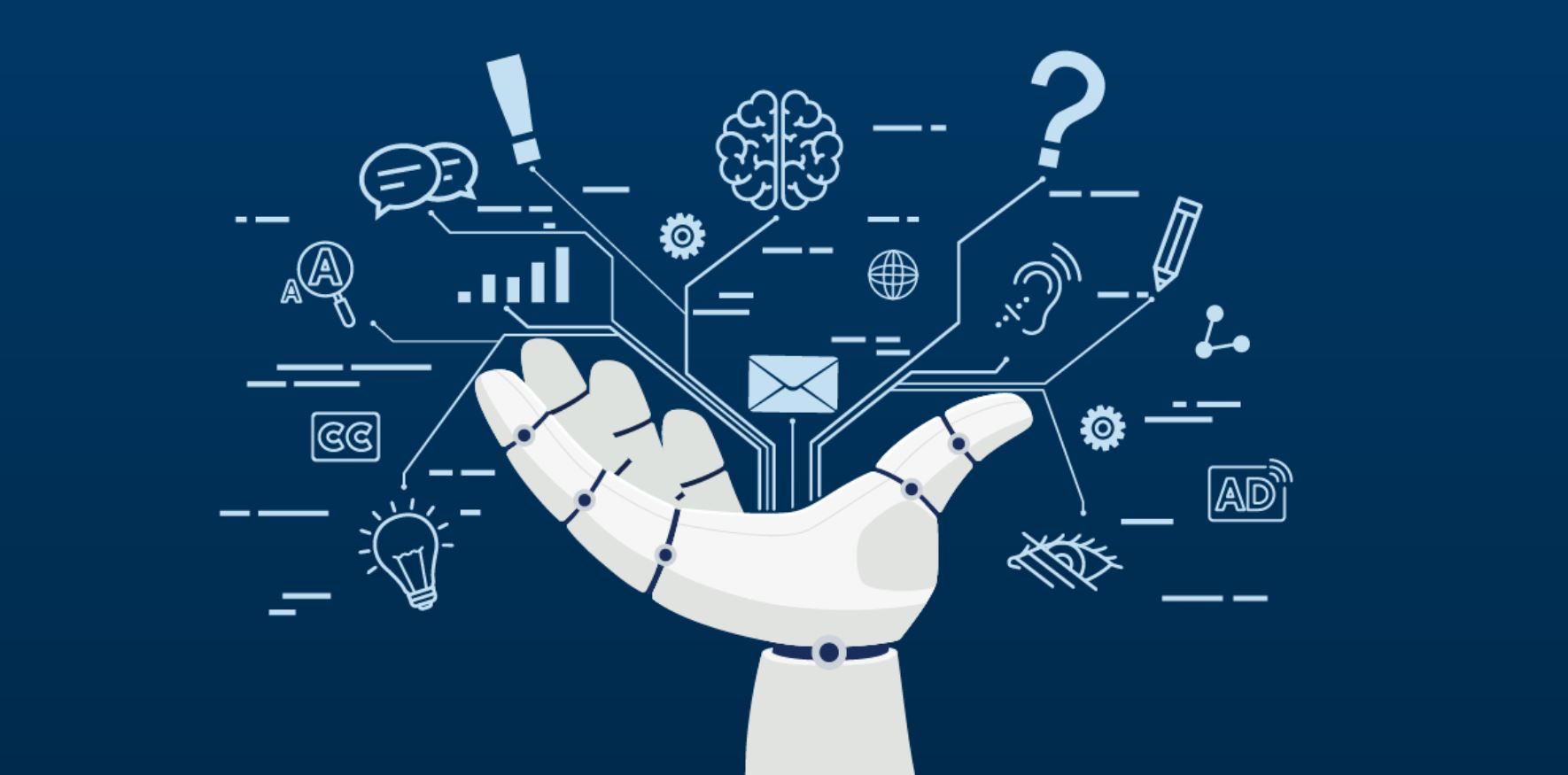 The rise of AI-powered assistive devices is reshaping how we navigate and interact with urban spaces. AI and wearable technology are not just buzzwords; they’re actively making public life more accessible and engaging. From Ray-Ban’s Meta glasses that pair with the Be My Eyes app and ChatGPT to enhance visual perception, to AI-driven prosthetics and bone-anchored hearing aids, these tools are paving the way for a more inclusive city experience.
The rise of AI-powered assistive devices is reshaping how we navigate and interact with urban spaces. AI and wearable technology are not just buzzwords; they’re actively making public life more accessible and engaging. From Ray-Ban’s Meta glasses that pair with the Be My Eyes app and ChatGPT to enhance visual perception, to AI-driven prosthetics and bone-anchored hearing aids, these tools are paving the way for a more inclusive city experience.
While many of these innovations have eased everyday challenges for individuals with disabilities, we’re just scratching the surface of their broader impact on urban life. Imagine a smart hearing aid that adjusts to the clamor of a busy street, letting you savour a bird’s song amidst the bustle—technology that balances practical help with a personal touch. Yet, as we integrate these systems into our daily lives, issues of affordability, data bias, and cultural diversity remain at the forefront. It’s vital that tech advancements are accessible to all, rather than creating further divides.
As digital twinning gains traction—modelling everything from individual organs to entire cityscapes—the subtle yet important needs of disabled communities must not be overlooked. If you’ve ever struggled to feel truly represented in tech-driven urban designs, you’ll appreciate the call for inclusive planning. Ensuring that disabled voices have a seat at the discussion table is not just fair, it’s essential for crafting cities that cater to everyone.
We must also weigh the environmental and legal implications of these advances. The global expansion of AI poses new questions about data rights and sustainability, reminding us that smart urban planning goes hand in hand with thoughtful regulation. By merging robust tech with community insights, our cities can transform into engaging, secure, and accessible territories for all residents.








